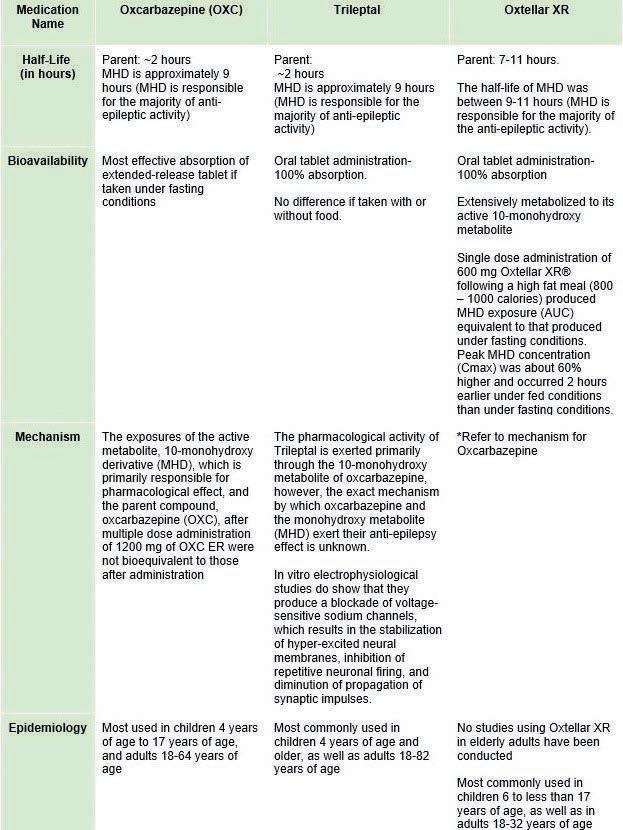Scholarly Research In Progress • Vol. 5, November 2021
The Role of Socioeconomic Factors in Influencing Tuberculosis Rates: A Comparison of New York State and New York City 2007-2016 Raskirth P. Singh1*‡, Rachael O. Oluwasanmi1*, Smita S. Bajgain1*, Matthew M. Bradley1*, Michael I. Abdool1*, and Kylar J. Harvey¹*‡ ¹Geisinger Commonwealth School of Medicine, Scranton, PA 18509 *Master of Biomedical Sciences Program ‡ Authors contributed equally Correspondence: rsingh04@som.geisinger.edu
Abstract Background: The chronic and preventable lung disease tuberculosis (TB) is caused by a bacterial species known as Mycobacterium tuberculosis. TB is a contagious disease that may lead to death if left untreated. Adverse health outcomes from TB range from excessive coughing to weight loss, and it is estimated to cost the United States healthcare system $123.4 million per year. TB is a preventable disease that disproportionately affects individuals in a low economic status; however, TB infection rates have decreased in low socioeconomic status (SES) populations between the years 2007 and 2016 without a known cause. Methods: Through a secondary analysis of the New York City Health Tuberculosis Annual Report, three SES factors (poverty rate, average median income, and percent of the population holding health insurance between 18 and 64 years of age) were explored as contributing factors to the decline of TB infection rates within the state of New York. We evaluated correlations between TB infections and SES factors of New York State (excluding New York City), the five boroughs of New York City, and New York City as a whole. Analysis of the data using a Pearson's product-moment correlation & Spearman's rank correlation found statistically significant relationships between each of the three SES factors and the rate of TB in New York State. Results: Each borough of New York City had at least one statistically significant correlation between TB rates and a SES factor. There was a significant correlation between the rate of TB and the poverty rate in the Bronx (r (4) = -0.76, p < 0.10), New York State (r (4) = -0.79, p < 0.01), Richmond (r (4) = -0.74, p < 0.10), and Queens (r (4) = -0.58, p < 0.10); but not in the other boroughs and New York City. The rate of TB and the median income in the borough of Kings (r (4) = -0.78, p < 0.01), Manhattan (r (4) = -0.61, p < 0.10), and New York State (r (4) = -0.64, p < 0.10) correlated significantly, but not in the other boroughs and New York City. Lastly, there was a significant correlation between the rate of TB and the health insured population aged 18-64 in the borough of Kings (r (4) = -0.63, p < 0.10), Manhattan (r (4) = -0.71, p < 0.10), New York state (r (4) = -0.64, p < 0.10), and Richmond (r (4) = -0.777, p < 0.01); but the other boroughs and New York City presented an insignificant relationship. Conclusion: Our study's findings suggest that SES factors influence TB infections rates, though each geographical area we looked at varied in which SES factors affect the rate of TB. Our study indicates that each community has different factors that
may contribute to preventable diseases. Our study provides a framework for future research and policymakers to investigate workable solutions to reducing avoidable diseases in low-SES populations by making policies that help a specific community rather than blanket policies covering a large geographical area.
Introduction Tuberculosis (TB) is a lung disease caused by Mycobacterium tuberculosis and accounts for 10.4 million new infections annually (1). TB may also affect other parts of the body, including the kidneys, spine, or brain (2). If a person with TB is not treated, they could be at increased risk for death (2). The disease causes symptoms of coughing, weakness, and weight loss (2). TB can spread person-to-person through coughing/ sneezing via air particles as a vector (2) According to the World Health Organization (WHO), about one-quarter of the world population is infected with M. tuberculosis and at risk of disease development (1). Difficulties in treatment have also arisen in the setting of multi-drug-resistant forms of the disease (1). In the last several decades, however, the United States (U.S.) has successfully reduced the prevalence of TB, with rates at an all-time low of 2019 (3). This success in the U.S. has been attributed to finding and treating infected patients and contact trace those potentially exposed to reduce secondary infection (3). Annual data supplied by the CDC (Centers for Disease Control and Prevention) that significantly higher rates of TB have been reported in several large cities such as New York (5). In the 2018 State and City TB Report, the CDC said that eight of the nine major cities tracked for significant TB rates were above the national average infection rate of 2.8 per 100,000 (5). For example, a notable finding was that Chicago, Philadelphia, and New York City were above the national average infection rate and above their respective state rates (5). This data supplies a rationale for considering that SES may play a role in the ability to be successfully treated for a TB infection. The lower SES factors such as poverty diminish the quality of life. These three cities have substantially lower SES populations respective to their state. Lower SES populations in the US continue to have higher rates of TB infections, possibly indicative of certain SES factors influencing TB infection rates (6). Previous literature has shown that people of low SES disproportionally have a greater risk of developing TB (7). We examined three socioeconomic factors — poverty rate, average median income, and percent of the population with health insurance from 18 to 65 years of age — to determine their potential influence on the decline
133












































